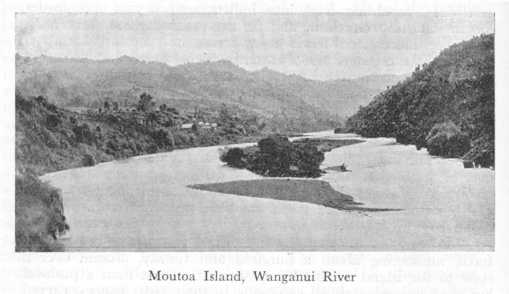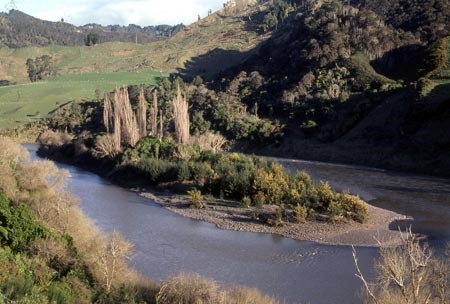- Home
- ...
- Smarter Targeting of Erosion Control (STEC)
- Smarter Targeting of Erosion Control (STEC) News
What’s happening with our iwi partners
Mā mua ka kite a muri, mā muri ka ora a mua
Those who lead give sight to those who follow, those who follow give life to those who lead
While COVID has made it difficult in the past 2 years for kanohi ki te kanohi hui between STEC researchers and our iwi partners, things have been happening. While the journey may be long, it is the little steps (nga hikoinga iti) that are important.
Whanganui iwi, through Ngā Tāngata Tiaki (Whanganui river iwi post-Treaty settlement governance entity) will lead a new $7.86 M 4-year project, Mouri Tūroa, with the aim to mitigate soil erosion, reduce sediment, and improve biodiversity and water quality. The ambitious plan is to fence as much as possible of the Whanganui River and its tributaries, to set up plant nurseries, get hundreds of thousands of plants established along the waterways, and introduce pest control. The project is funded through the Government’s Jobs for Nature programme. A phased approach will be used meaning that sub-projects will be developed and will contribute increasingly to the outputs over the life of the project.
In 2017, the Whanganui River was recognised in Aotearoa-New Zealand law through the Te Awa Tupua Act, as a living and indivisible whole from the mountains to the sea, which is intrinsically connected to Whanganui hapū. The Act compels people of the river, agencies, and communities to work together under the indigenous values systems ‘Tupua Te Kawa’.
Ngā Tāngata Tiaki o Whanganui chairperson Sheena Maru said it is welcome investment and shows their shared responsibility to the health and wellbeing of Te Awa Tupua: “It will support hapū to strengthen their connections to the awa. Erosion is widespread in the catchment and the high sediment loads have negatively impacted the river and freshwater species for decades. Our focus has always been on supporting, restoring and protecting Te Awa Tupua – that is referring to both its waterways and its people.
“The plan is to fence along 290 km of the river and to plant 630,000 plants to mitigate soil erosion, which will improve the water quality and biodiversity in our Awa. We are now working with hapū, marae and landowners up the river to identify key land areas for fencing and planting. This is also going to empower the people by creating employment for hapū at place to restore and care for their rohe.”
The STEC programme has strong links with Whanganui iwi principally through the iwi organisation Ngā Tāngata Tiaki and is currently sub-contracting to the hapū collective Tamaupoko, with our main contact Dr Rāwiri Tinirau (also deputy chair for Ngā Tāngata Tiaki). An opportunity exists to use STEC findings to identify and target key erosion sites for restoration and planting, and in conjunction with Mouri Tūroa, to model hapū catchment (rohe) areas for reduction in sediment and improvements to water quality and biodiversity.
More details of the Mouri Tūroa programme
It was also recently announced that Te Atawhai o te Ao (Dr Rāwiri Tinirau and Meri Haami), on behalf of Tamaupoko, received $150 K funding through the Te Aho Fund, Deep South NSC to fund the Moutoa Island Restoration Project. Relationships developed through STEC, as well as research findings from the programme, will help with targeting erosion hotspots and with restoration initiatives. Moutoa Island is situated between the towns of Rānana and Hiruhārama (see Figures).
Key contacts



